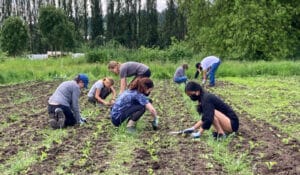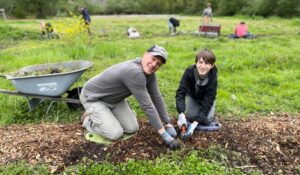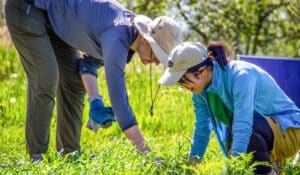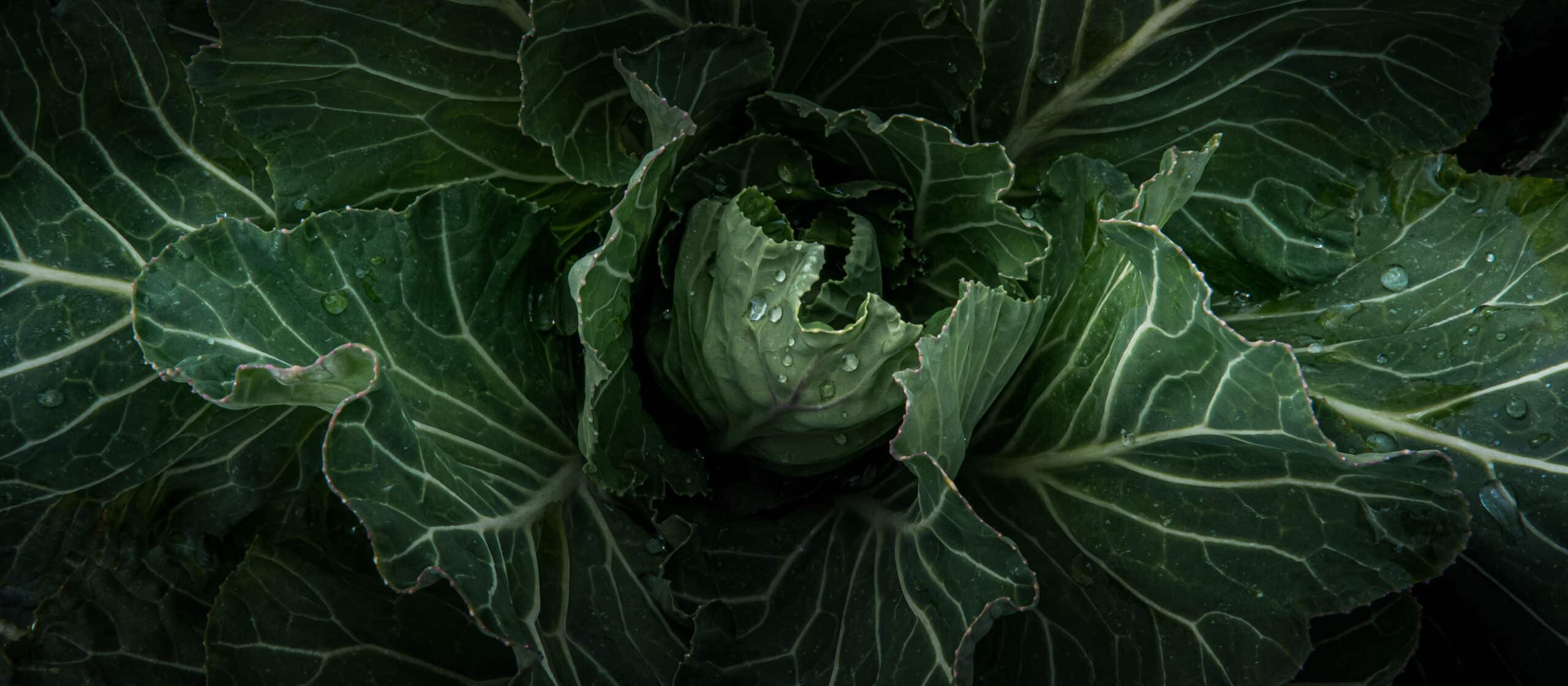
Puerto Rico – 100 Days Since Hurricane Maria
Puerto Rico – 100 Days Since Hurricane Maria
- posted on: January 31, 2018
- posted by: 21 Acres
"*" indicates required fields

UPDATE: Here is a video from PBS with a comprehensive overview of how Puerto Rico is rebuilding parts of the country to get off the grid after the storms.
It’s been more than a hundred days since Hurricane Maria made landfall in Puerto Rico. You may be interested in reading an article from Food Tank, “Growing an Agricultural Revolution in Puerto Rico,” discussing the current situation and (albeit slow) progress being made toward recovery, as well as the lessons learned after the major disaster. Here at 21 Acres we recently benefited from hearing about the situation directly from our own Nick Jennison, who has friends and family living in Puerto Rico: Nick took a short leave from his position as Grounds Technician and made a trip to the territory immediately after Hurricane Maria landed last fall. Read his story here.
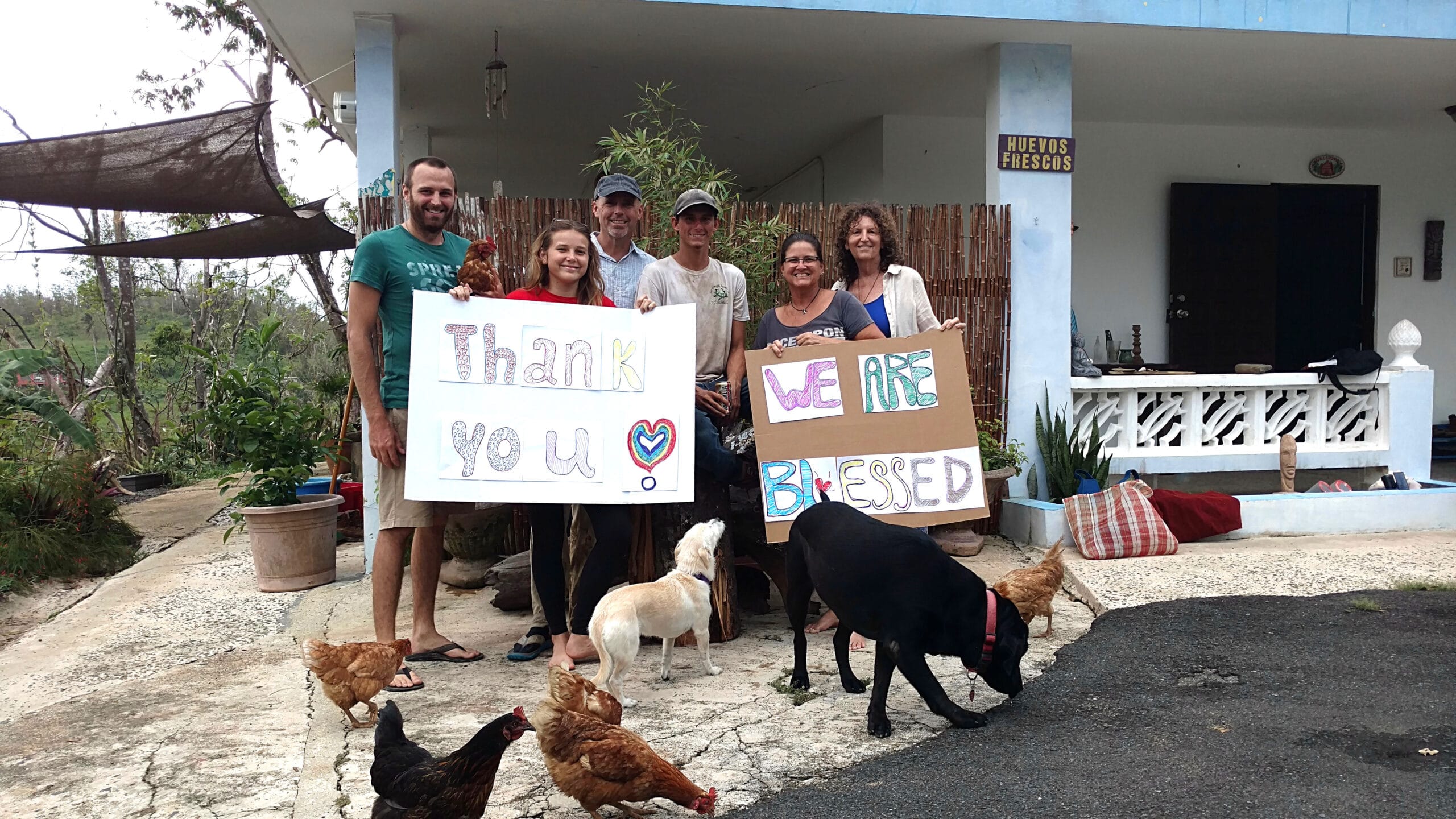
A rainforest usually carpeted in green now stands brown… This was my initial view of Puerto Rico as the plane turned to land at San Juan’s barely functioning airport this October. As I looked down from above I saw roofs mangled, power lines strewn about, and, most strikingly, the absence of green. This was not the Puerto Rico I have known and loved since the first grade.
I lived in Puerto Rico first through fourth grade. If I close my eyes and think of childhood, my mind goes to Puerto Rico: the golden sand beaches, the wandering rivers that wind through the rainforest, the spirit of the island. Even now, when I have a hard time falling asleep, I can hear the nighttime calls of the coquís, a native tree frog. After we moved away, I returned most summers to stay with (what I call) my second family, who live up in the rainforest. Five years ago, my mom returned to live on the island, giving me reason to visit more frequently.
Every summer season I keep a mindful eye on the storms moving slowly across the Atlantic and give them a mental nudge North or South of my mother’s home. This year, however, my thoughts were not enough. Hurricane Irma skimmed the island with around a category 2 strength, leaving over a million without power. It took about 3 days to hear from my family. When I did, they reported minor damage in the mountains where they live: I breathed a sigh of relief. Not one week later, reports that Maria was likely to hit the island began to surface. I knew that the island would be devastated if hit twice in one season, especially if it was above a Category 3.
As Maria approached, I got calls wishing for luck and warning that they would likely not be able to make contact for some time if there was a direct hit. I sent my love and well wishes and watched as the storm progressed slowly towards the island, gathering strength with each passing day. Maria hit 2 weeks after Irma as a Category 4 storm, bringing brutal winds and rain the likes of which had not been seen since Hurricane Hugo in 1989. I waited day after day to hear from them, getting messages on Facebook from mutual friends and friends of my mom whom I’d never met asking if I’d heard anything. Having lived in Puerto Rico during category 3 Hurricane Georges as a child, I knew the amount of destruction possible and predicted that most of the roads would be completely inaccessible. Even if they could get down to the main towns, cell service would likely be spotty and, with no power throughout the island, communication would be difficult to say the least.
The Sunday following the storm, my mom finally reached me with the following text message: “Hey Nick…we are good. On the highway for signal…complete devastation here.” I called JetBlue that day and booked a flight leaving a week later. I knew my family would likely be without power for at least six months, so I decided to put together a fundraiser to purchase a small solar panel. After talking via Skype with a solar expert from England whom I met through a permaculture course, I put together a budget and posted my fundraiser with a goal of $1,450 and shared it with friends and family. It was fully funded within 10 hours! So, I raised the goal to $3,000, to allow me to get more supplies to help with food and rebuilding once I arrived. Two days later, we had blown past the goal yet again and raised $4,000. The outpouring of support and love I felt during this period was truly astounding – a welcome and timely reminder that true community still exists in our disconnected 21st century society.
After a week of sleepless nights and days spent rushing to get supplies and monitoring cancelled and rescheduled flights, I finally made it to the island and saw the destruction firsthand.
During my time on the island, I successfully set up a small solar system for my family; they now have lights throughout the house and can charge up phones, headlights, and radios. It isn’t much, but it adds a level of comfort that will help them get through the many months ahead without power. Many people asked me questions about the system: how it worked and how much it cost. Inspired by the prospect of renewable energy gifted by the sun, many are considering investing in solar power.
I also spent time helping my family realize the potential for food production on a home scale (Puerto Rico has great conditions for year-round perennial food production). We made a banana circle, a permaculture design method that let us use the organic debris from the storm to produce food for the family. We also built a raised bed with logs downed by the storm. Both projects helped to inspire my family to move their property towards food production on a larger scale, to support themselves and their local community. In the coming months, I’ll be creating a permaculture design for the whole property to help them with the implementation of their food production systems.
All in all, I focused this post not on the destruction caused by the storm, but by the potential for a regenerative rebuilding of the island’s systems. I truly believe Puerto Rico can be self-sustaining if the food, power, and water infrastructures are set up using holistic design methods, integrated land management, and other whole system design techniques. With the right planning and proper implementation, the island should be able to produce enough food to sustain its people while building soil, reducing pollution, and creating jobs throughout the island. This is true not only of Puerto Rico, but of communities all over the globe. Anything is possible when communities work together for a better future.
After spending three weeks in Puerto Rico helping clean up and rebuild, I saw green begin to return to the landscape. The island was healing. During this dire time, I saw people come together to help one another. The road up to my mom’s house was cleared not by government employees, but by groups of people living nearby, banding together to get it done. Food and water was shared and help was only a neighbor away. This is the spirit of Puerto Rico. Maria caused an enormous amount of damage to the already debt-stricken island, but I know the people will come back stronger than ever. They must and they will. It will be hard and it will be a long process, but Puerto Rico is strong.
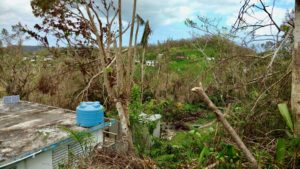
I am thankful to have such a wonderful community of friends and neighbors, and for all of the support I received this past October. Feel free to reach out to let me know how I can help you!











 back to blog overview
back to blog overview

